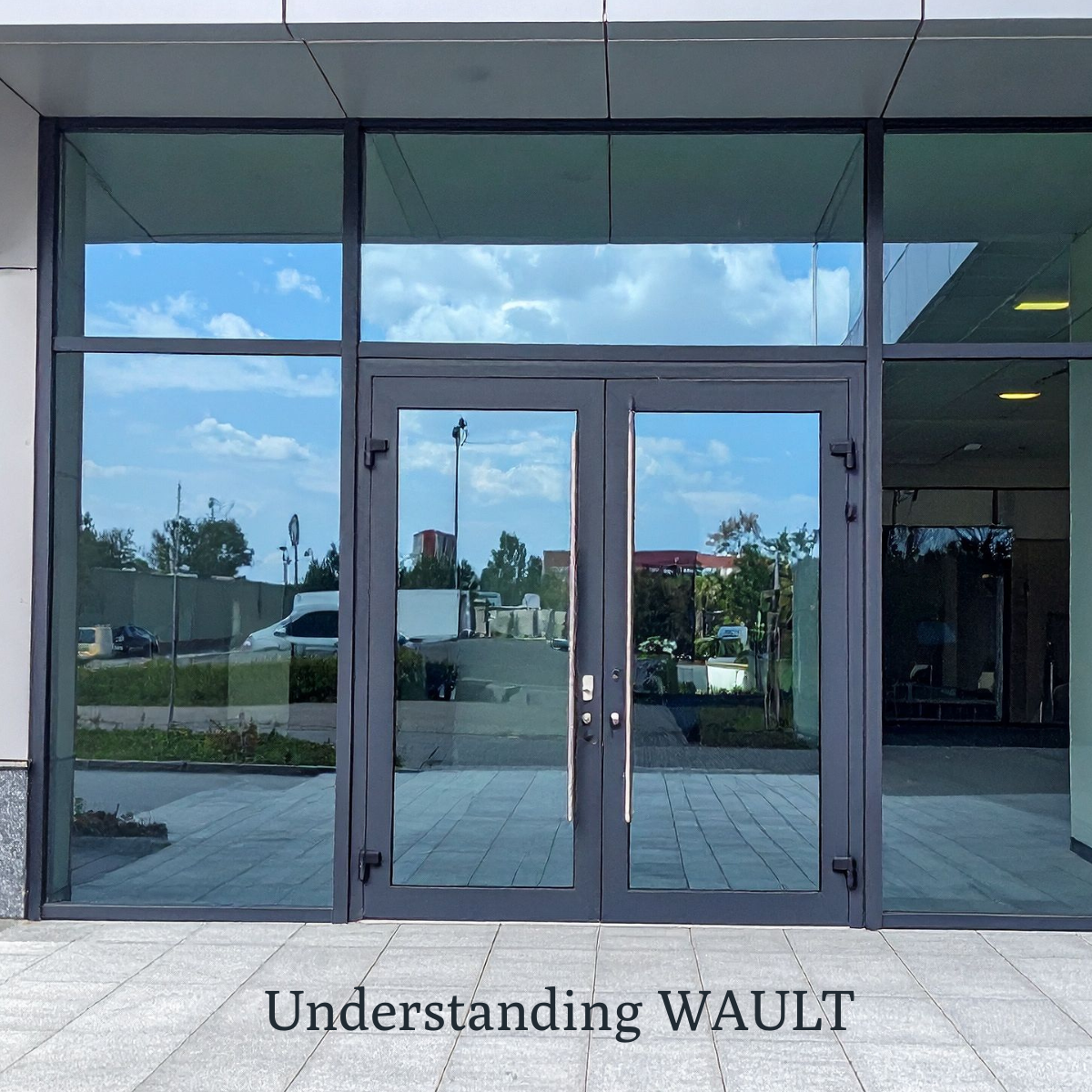Understanding WAULT: The Weighted Average Unexpired Lease Term Explained
WAULT is an abbreviation of Weighted Average Unexpired Lease Term and you may have come across this term in a valuation report or investment brochure of a multi-let property or portfolio sale.
WAULT is used as a tool for comparison between different investments to aid in decision making and in valuation practice. Below I will breakdown the key points and how WAULT is calculated and used.
What Is WAULT and How Is It Used in Property Valuation?
When assessing an investment property one of the key factors in determining its value and its desirability is the security of income.
For single let properties, or those with two leases, this is easy to determine as the lease end or break date for said lease will provide you with this term. However, for larger assets trying to determine the income security for a shopping centre with 25 leases, or a portfolio of 50 properties becomes less clear.
In these situations, we would use a WAULT to provide us with a standardised measure for comparison to other multi-let properties or portfolios.
WAULT Step-by-step Calculation
WAULT is calculated using the following process:
- For each tenant, multiply the annual passing rent by the unexpired lease term (either to expiry or to the break clause).
- This gives the total rent each tenant is contracted to pay during the remaining lease term.
- Add together the total rent figures for all tenants.
- Divide this sum by the total annual passing rent for the property or portfolio.
- The result is the Weighted Average Unexpired Lease Term, expressed in years.
WAULT can be calculated either:
- “To Expiry” – using the lease end date.
- “To Break” – using the earliest tenant break clause.
WAULT Calculation Example
| Valuation Date | 12/09/2025 | ||||
| Property | Tenant | Rent Passing | Expiry/Break Date | Unexpired Term | Total Rent |
| 1 | Baker | £30,000 | 11/09/2031 | 6.00 | £180,000 |
| 2 | Butcher | £18,000 | 02/10/2031 | 6.06 | £109,036 |
| 3 | Fishmonger | £6,000 | 14/07/2026 | 0.84 | £5,014 |
| 4 | Convenience Store | £40,000 | 29/06/2026 | 0.79 | £31,781 |
| Total | £94,000 | £325,830.14 | |||
| WAULT | 3.47 | years |
As shown, two tenants have short lease terms and two have longer terms. The varied rents influence the weighting in the calculation.
How is WAULT used?
WAULT is used as a tool to provide a common basis of comparison between two multi-let properties or two portfolios to help investors determine the best match for their criteria. Investors seeking stability may look for a long WAULT as this provides more security. However, in a market where rents are rising, a short WAULT may be attractive as it offers an investor opportunity for rental growth.
In valuation, WAULT is used to compare the subject property to other multi-let investment sales. This helps valuers determine an appropriate yield to apply based on income security and lease profile.
WAULT summary
WAULT is a critical benchmark in commercial real estate. It simplifies complex lease data into a single figure, aiding in comparisons, risk assessment, and valuation decisions.
If you’re handling multiple properties or reviewing investment opportunities, WAULT gives you a quick view of income security, but it must be interpreted alongside other factors such as covenant strength, market trends, and tenant quality.
If you require a valuation of a multi-let property or portfolio please contact the leading valuation team in the South West. You’re invited to talk with one of our valuers here at Vickery Holman.




